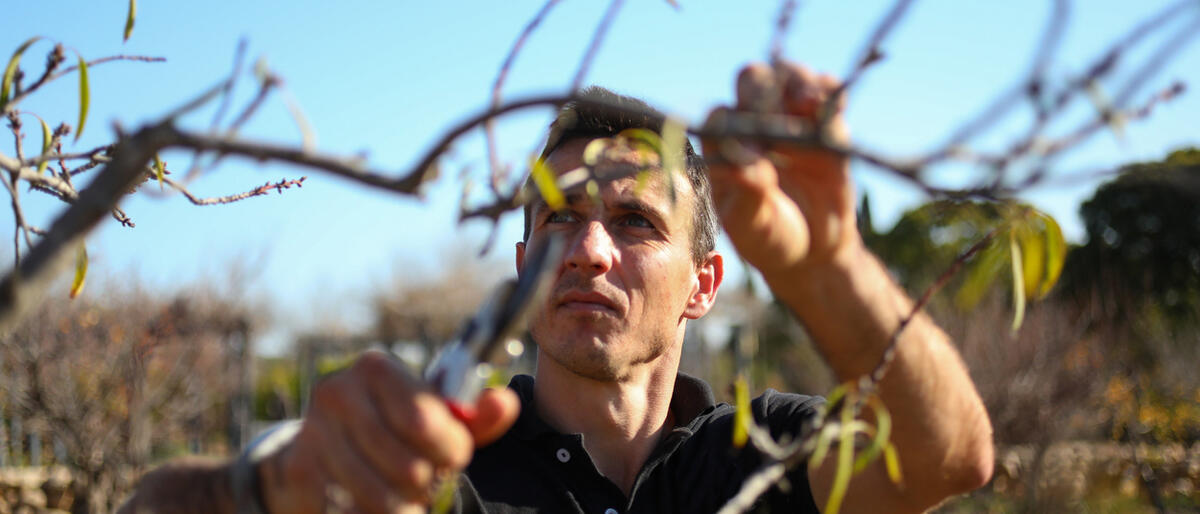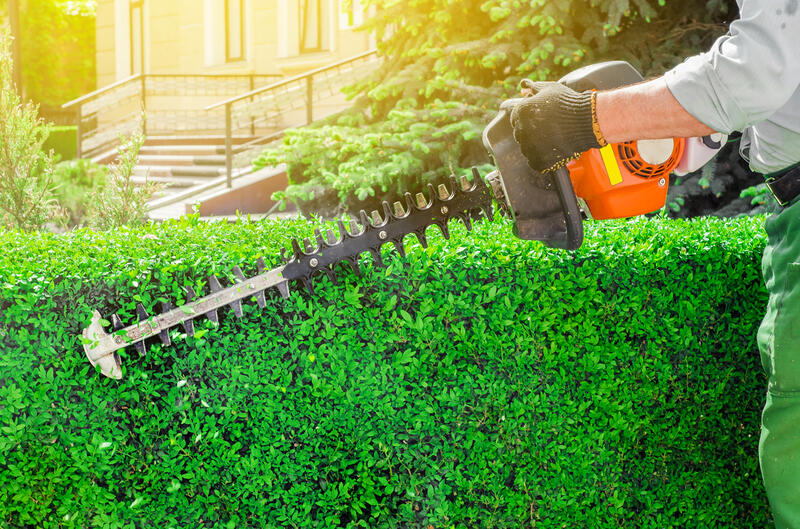The Art of Pruning: How Often Should You Prune Shrubs and Hedges?


Pruning is selectively trimming plants to remove dead, damaged, or overgrown branches and foliage. It helps to shape the plant, encourage new growth, control size, and improve flowering or fruiting. Regarding shrubs and hedges, pruning is crucial for maintaining their desired shape, density, and health.
Several factors influence the frequency of pruning shrubs and hedges. Let's explore some of the key considerations:
When selecting plants, it is important to consider the final size your plants and trees will grow to for the selected spaces in your landscape. We often see trees, shrubs, and hedges planted in the incorrect spots requiring far too much pruning to keep them contained in their space.

While the specific pruning requirements vary depending on plant species, here are some general guidelines to help you determine how often to prune your shrubs and hedges:
Pruning shrubs and hedges is a skill that requires understanding the specific needs of your plants and considering factors such as species, growth habits, flowering period, and desired shape. By following the general guidelines outlined in this blog, you can maintain healthy, attractive shrubs and hedges that enhance the beauty of your landscape. Remember, proper timing and technique are key to successful pruning. If you are uncertain about the pruning requirements for